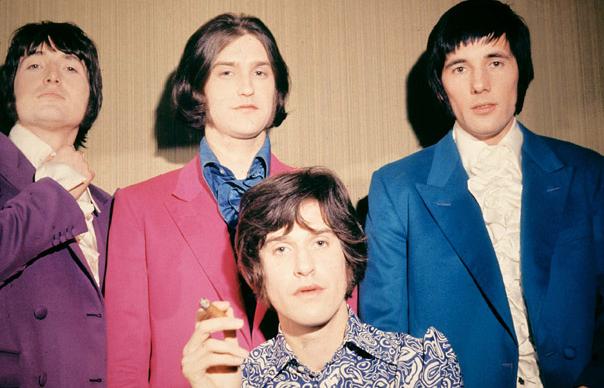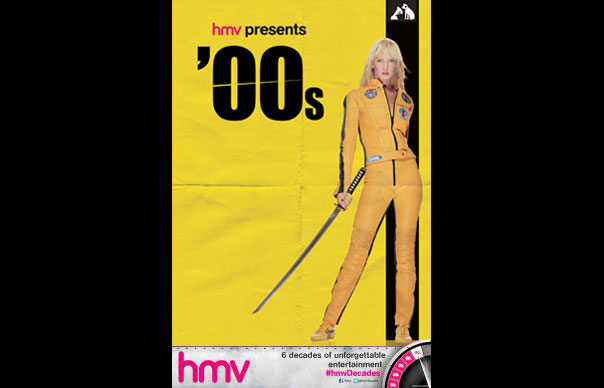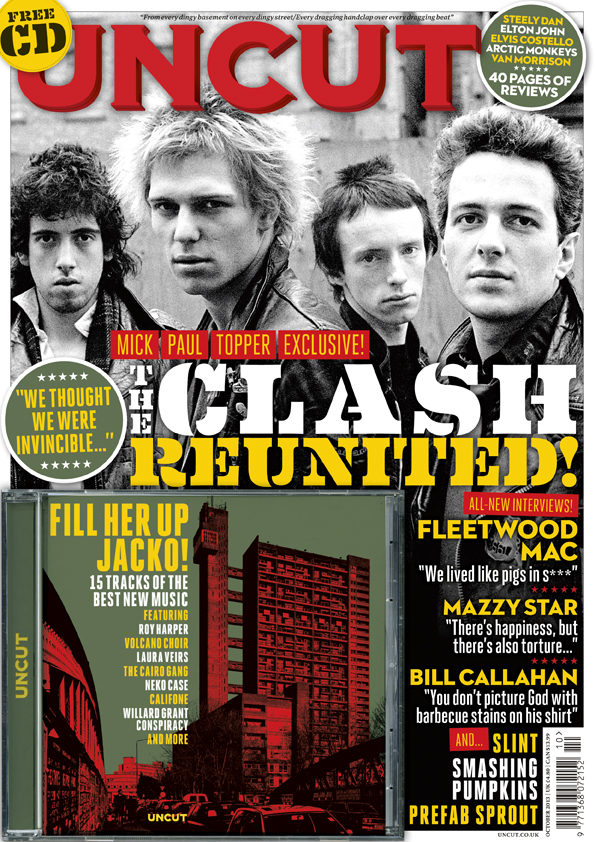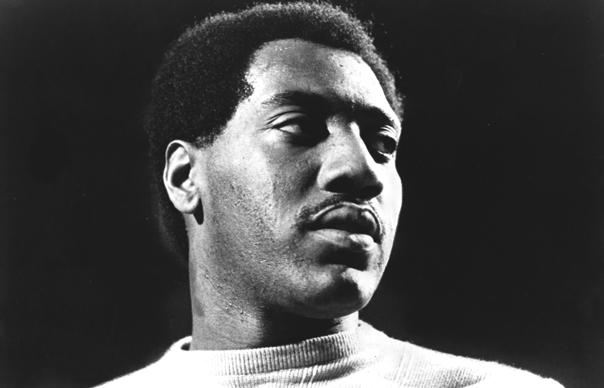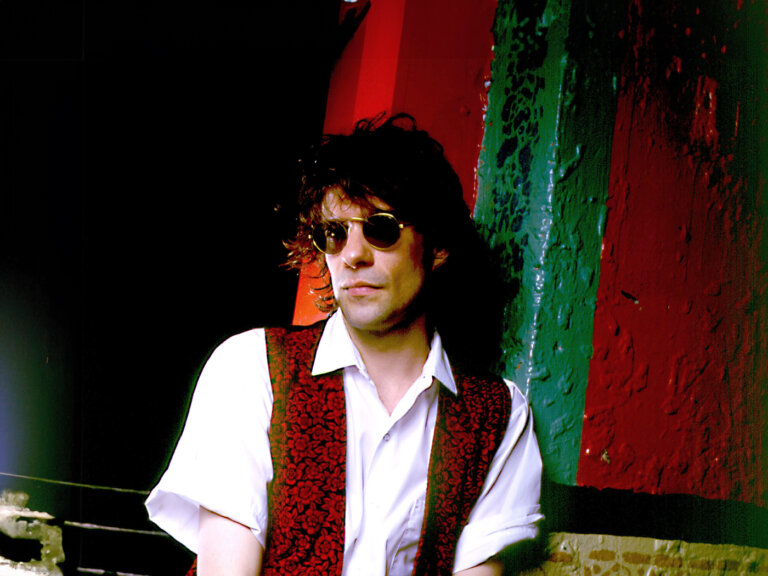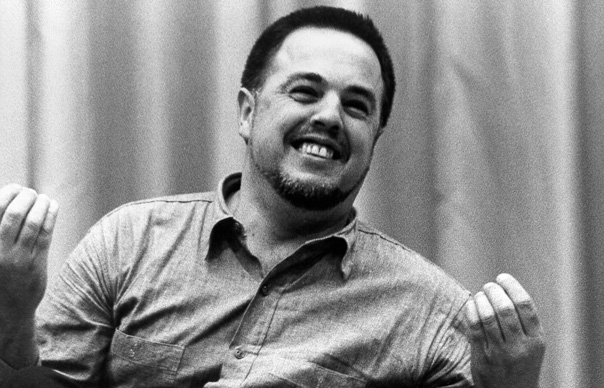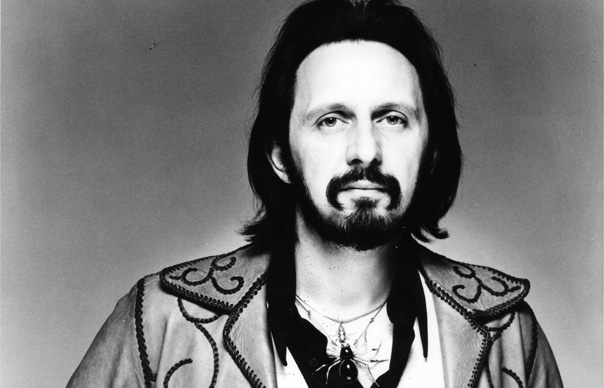From Uncut’s July 2008 issue (Take 134): the group’s songwriter and frontman talks us through his mighty back catalogue
___________________
As Westerberg contemplates this year’s reissues of the magnificent records he made with The Replacements, he occupies a position at once enviable and unjust. Though he’s one of the most influential musicians of the US post-punk era, Westerberg is no household name. “I remember,” he drawls down the line from Minneapolis, “sitting in with Steve Baker, president of Warner Bros, and he looked me in the eye and said: ‘What is it that you want?’ And I said, ‘I want to be bigger than REM.’ I could see his face sort of wither, and all but a tear come to his eye, as if to say, ‘It’s not gonna happen, ever, Paul.’ We changed the subject…”
___________________
THE REPLACEMENTS – SORRY MA, FORGOT TO TAKE OUT THE TRASH
(Twin Tone, 1981)
Minneapolitan friends Westerberg (guitar, vocals), Bob Stinson (guitar, died 1995), Tommy Stinson (bass, now of Guns N’ Roses) and Chris Mars (drums, now solo artist/painter) make unreconstructed debut for local label. Not quite punk, and not quite rock…
WESTERBERG: “This was the result of a manic phase. My mania tends to come quicker and leave faster now, but at this time, I was around 19 to 21, it came out of five years playing in basement groups that were going nowhere, and I realising that I had to grab this by the horns. They were called Dogbreath when I joined – they were kind of Chris’ band – which was just the worst name ever. We tossed a few others around. I suggested The Substitutes, but they pooh-poohed that, and we became The Impediments. We played one gig and the guy said you’ll never play here again, so we changed to The Replacements. They just had such energy. Punk was happening, but most bands were still lost in the Allmans, Jethro Tull etc. Then a guy across the street played us the Pistols, and I literally went home, cut my hair and broke records over my knee. The songs on Sorry Ma… hold up. It was definitely a showcase of the four of us as a rock’n’roll band. We wanted to be wild, with reckless abandon!”
THE REPLACEMENTS – LET IT BE
(Twin Tone, 1984)
Fourth studio release, and first certifiable classic. Westerberg grows in confidence as a balladeer on “Unsatisfied” and “Androgynous”, but “Gary’s Got A Boner” and a cover of Kiss’ “Black Diamond” prove they haven’t grown all the way up.
“I’d matured a bit. Enough to go back and listen to the records I didn’t break – the records I just stuck up the back of the rack – Jackson Browne, Joni Mitchell, Gordon Lightfoot, Dylan. We’d just come off touring ‘Stink’ and Hootenanny, and everyone else was hardcore, in black, deathly serious. We weren’t the loudest or the meanest, we weren’t the scariest, and I thought, ‘Well, we’re not gonna get anywhere down that path – perhaps we should try to craft songs that are a bit better than what we’ve been hearing.’ Writing songs like ‘Androgynous’ and ‘Answering Machine’ wasn’t difficult – I’d been tinkering with stuff like that early on. Presenting them to the group was. It was hard getting across the idea we should just put the best songs on the record, even if there wasn’t always a place for Bob to have a hot lead. Bob was the hard one to get to acquiesce. So the breakthrough LP ended up putting the chink in the armour of the idea of us as a four-piece rock band.”
THE REPLACEMENTS – PLEASED TO MEET ME
(Sire, 1987)
Officially a three-piece following the departure
of Bob Stinson, The Replacements record in Memphis with Big Star’s producer Jim Dickinson, and end up writing a song about Big Star’s singer (“Alex Chilton”). Also contains Paul Westerberg’s prettiest song, “Skyway” – a homage to the overhead footpaths of Minneapolis.
“The idea to send us to Memphis was Michael Hill’s at Sire. We always preferred to get out of town to make a record because of the hijinks. Later we realised that’s where we wasted hundreds of thousands of dollars. We first met Alex Chilton in New York, in between Let It Be and Tim, and he saw us one of those weird nights where we tried to play two songs at once. We cut some tracks with him in Minneapolis, some reissued or boot-legged, but then we signed with Sire, and they said no, we needed a proper producer. But I wrote the tribute to Alex, in my own stupid way. I think he was flattered. Certainly embarrassed. ‘Skyway’ is about waiting for the bus in the cold, when I had a job in a factory, watching the working ladies overhead, not giving me a second glance. ‘Pleased To Meet Me’ brought the three of us in the band very close [Bob Stinson had been sacked]. We were scared, as we didn’t know what to do – I think some of our best music came from that.”
THE REPLACEMENTS – DON’T TELL A SOUL
(Sire, 1989)
Possibly not helped by the fate-tempting title. A few hardcore ’Mats fans get sniffy about the glossy production, but nothing wrong with the songs. Failure of “We’ll Inherit The Earth” and “I’ll Be You” to become global hits is a mystery of Mary Celeste proportions.
“We were instructed to do so [make a breakthrough LP]. We started up in Woodstock, to keep us out of mischief. Trouble had started to find us. It was a question of, can we get the rhythm track down before someone falls over, but we’d still walk to the bar in town each night, and the results were chaotic. You come back next morning and listen to that 2am jam, and it’s like, well, this is rubbish. So they pulled in [producer] Matt Wallace, and we hit it off. It’s a really good record, but Warners had signed REM, and Sire had The Cult, and we were being pushed towards the latter. We didn’t know what the hell we were doing. Did we want what REM had? We saw what REM did to make it. Other than their huge talent and personality, they went to every record outlet, every distributor, every radio station. We’d go and break out whiskey and go on radio and curse. We always thought the way to make it was to make great music and be exciting live. We shot ourselves in the foot.”
THE REPLACEMENTS – TIM
(Sire, 1985)
Perfect. First major label release – and last ’Mats LP to feature Stinson – contains two of Westerberg’s best back-of-a-beermat laments (“Here Comes A Regular”, “Swinging Party”), some of the most furious rock’n’roll they recorded (“Bastards Of Young”, “Left Of The Dial”) and still finds time for a triumphantly gratuitous dismissal of air hostesses (“Waitress In The Sky”). Or does it?
“‘Waitress In The Sky’ has been misconstrued since day one. It came from my sister, who was a flight attendant, and she used the phrase in disgust, explaining that she was treated like a waitress in the sky. So I took the role of the demanding bastard in the aeroplane who expects the flight attendant to be a nurse and a maid. Some took it as a slam, but it was me trying to speak through her experiences. Nobody ever threw a drink on me over it.
“Signing to a major didn’t seem a big thing. It wasn’t a goal when we started – all we wanted to do was get out of the basement and perform, and making records was secondary, and writing songs further down the line. See, I always wanted to be a lead guitar player. I was forced to become the singer because Bob was a better guitar player. And then I couldn’t sing other people’s songs, so I had to write my own. We didn’t sit down to make Tim a different record – these were just the songs I’d started to write. Three or four years of touring, and playing fast and very loud… at first it was a kick, and then it became a pain, almost like athletics more than rock’n’roll. We were drawing kind of a male audience, and we realised that girls preferred the slower songs, as simple as that.
“‘Left Of The Dial’ is about college radio, of course, as that’s where all our airplay came from, and it was colleges where we used to play. The irony that four guys, none of whom had a high school diploma, would play every college in America – ridiculous. It never dawned on us that the kids had to go study for their tests next day. So we ended up going to college in an odd kind of way.
“It wasn’t a harmonious recording, no. [Sire CEO] Seymour Stein sent Tommy [Ramone] out to Minneapolis to produce it, and it was a case of wanting to groom the singer and his songs, so not as much attention was paid to Bob. At that time Bob was drinking more than us, and his drug intake was getting pretty intense. It wasn’t like making the first record, where we’d all have a couple of belts and hit it live in the studio. It was hard for Bob to show up and have Tommy tell him, ‘We don’t need a lead part until later, and maybe not until tomorrow.’ And maybe he’d show up the next day and maybe he wouldn’t, so I’d play the solo on ‘Kiss Me On The Bus’, instead.
There was a conscious effort at writing songs for him to play on – ‘Dose Of Thunder’, things like that. It took the most time, and frankly we were bored. Bob was the quickest to get bored, and when he was, he was usually wasted. Not that the rest of weren’t, but it was tough.”
PAUL WESTERBERG – SUICAINE GRATIFICATION
(Capitol, 1999)
Recorded substantially in Westerberg’s basement, this is simply one of the great lost albums of the ’90s. And despite better reviews than penicillin, it sinks without trace. “Born For Me” becomes one of the tracks examined in Nick Hornby’s thoughtful critique 31 Songs.
“I’d done my last tour with a rock band, and it ended at an outdoor festival where every kid had learned from watching Green Day that we throw mud at performers. I got hit with a can or something, then played a slow blues for 10 minutes, and walked off. I’d just had it, and went into a deep depression for two years or so. These songs were written during that contemplation period – you know, what am I going to do with my life? I was reading a lot of Cocteau at the time – that second song, with its idea of suicide being an act of self-defence, I lifted from one of his poems. I felt lost and empty. I’d had a rock band, but my rock band was over. It felt like a catharsis when the record came out, but part of the tragic perfection of it all was that as it was being mastered, Gary Gersh, the head of Capitol who’d signed me, left the company. So the man who championed me was given the boot the day my record was finished. So it was flushed down the crapper.”
GRANDPA BOY – THE DEAD MAN SHAKE
(Fat Possum, 2003)
An arch new band name, but, musically, almost a full-circle return to the garages of Westerberg’s youth. Resolutely lo-fi home-cooked punk rock is leavened with telling covers (Hank Williams, John Prine), and some songs end suddenly just because the tape runs out…
“The name is an assessment of how I felt about myself – like an old man, as far as rock’n’roll was concerned, a forgotten relic. Yet when I turned the amp up and played that guitar, I still got that joy I did when I was 15. So this was me trying to be a Link Wray figure –they think they’re playing rock’n’roll? I’ll show ’em rock’n’roll. I started medication – anti-depressants – at that time, and it lifted me and cranked me up. I felt like rockin’. I’d made my I’m-gonna-kill-myself record, that was end of that phase, and I found myself up all night, painting leather clothes with spray paint, making stuffed mannequins and doing all sorts of other things I used to do when I was young – that first hit of anti-depressants was like taking speed when I was a kid. Whenever I start altering garments, look out, ’cos I’m getting ready to rock. I know people look down on it, but I must tell you that for my mother, who is over 80, that’s her favourite record I’ve ever made.”
PAUL WESTERBERG – OPEN SEASON
(Lost Highway, 2006)
In one of the least likely career moves ever, a commission to write an OST for an animated kids’ film inspires some of Westerberg’s best work, and a deserved second outing for “Good Day”, his tribute to the late Bob Stinson…
“Me and my manager were trying to gets songs placed in films. We stopped by Sony Pictures and met Lia Vollack. She said, ‘Can you write a song about a bear?’ So I went home and knocked out ‘The Right To Arm Bears’. I sent more songs, and they hired me to score the entire film. I was writing songs to barely moving sketches. They’d change the plot, so I’d have to change the words. If you listen closely to ‘Whisper Me Luck’, the last word is ‘Fuck’ – I had to get my little dig in after all the fucking around they did to me. Putting ‘Good Day’ on was hard. Me and Tommy played at the premiere, and I had to tell him that there’s this scene in the movie which is kind of sad, and it has ‘Good Day’ in it – which I wrote about his brother. He was in tears by the end of the movie, and he gave me a very warm embrace. The last time he’d held me like that was at Bob’s funeral. We both lost something when Bob died, and we never got it back. In a lot of ways Bob was just like that big mean bear, but really, he was a pussycat.”



